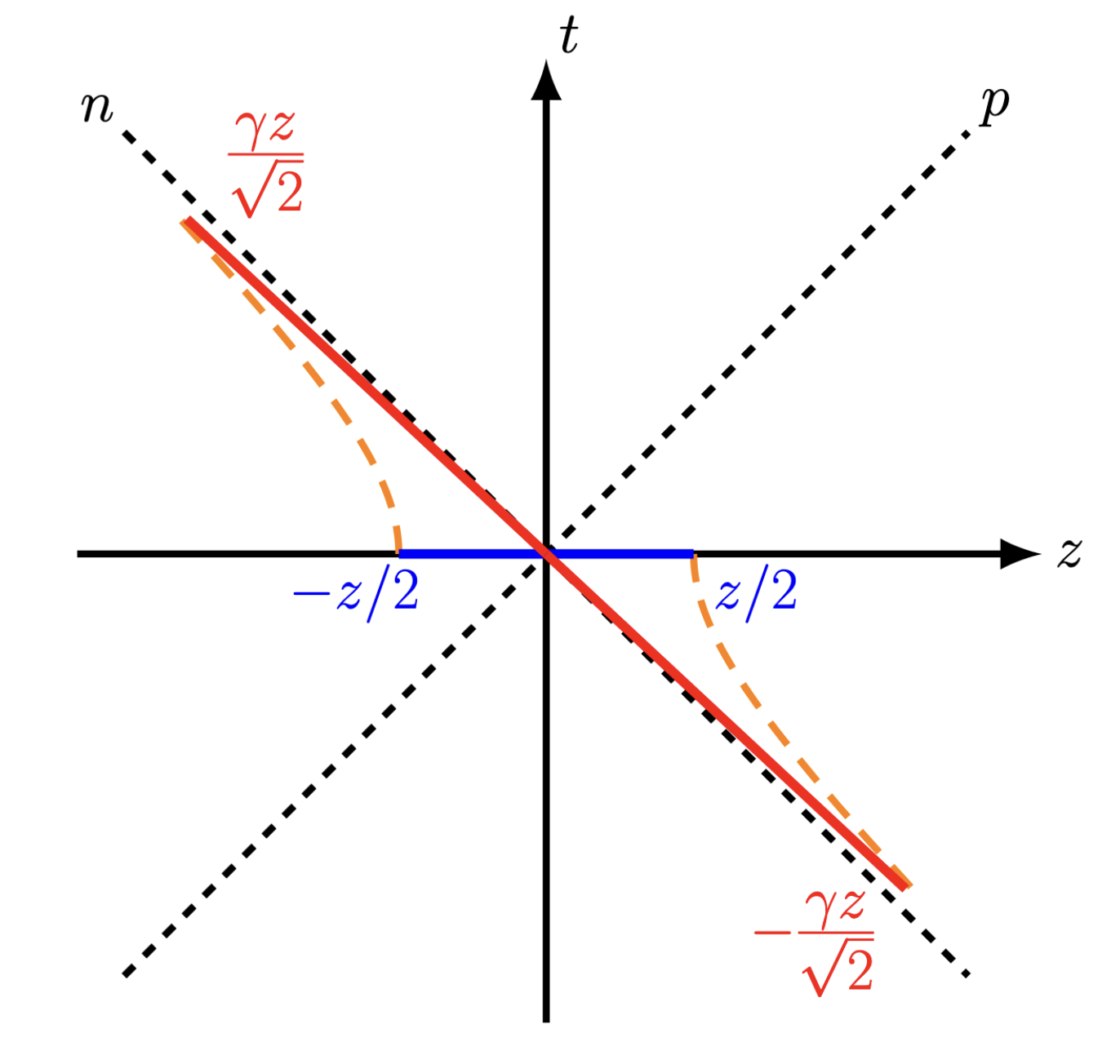Research Directions in LaMET
Large Momentum Effective Theory (LaMET) has rapidly evolved, with ongoing research expanding its scope and improving its precision. Here we highlight some of the main research directions and recent advances in the field.
1. Higher-Twist and Power Corrections
One of the key challenges in LaMET is controlling power corrections that arise due to finite hadron momentum. Recent studies focus on systematically understanding and reducing these corrections, enabling more accurate extraction of parton distributions.
2. Renormalization and Operator Mixing
Nonlocal operators used in LaMET calculations require careful renormalization. Research is ongoing to develop nonperturbative renormalization schemes and to understand operator mixing effects, which are crucial for reliable results.
3. Applications Beyond PDFs
While the initial focus of LaMET was on PDFs, the framework has been extended to generalized parton distributions (GPDs), transverse momentum dependent distributions (TMDs), and other light-cone observables. These extensions provide a more complete picture of hadron structure.
4. Lattice Techniques and Computational Advances
Advances in lattice QCD techniques, such as improved actions, larger volumes, and higher statistics, have enabled calculations at larger hadron momenta and reduced systematic uncertainties. The development of new algorithms and increased computational resources continue to push the boundaries of what is possible.
5. Global Analyses and Phenomenology
LaMET results are increasingly being incorporated into global analyses of parton distributions, providing valuable input for phenomenology and experimental programs at facilities like the Electron-Ion Collider (EIC).
Outlook
The future of LaMET research is bright, with ongoing efforts to improve precision, extend applications, and deepen our understanding of hadron structure from first principles.
